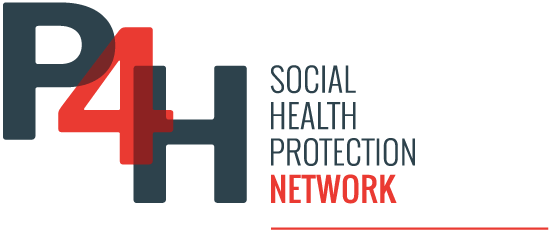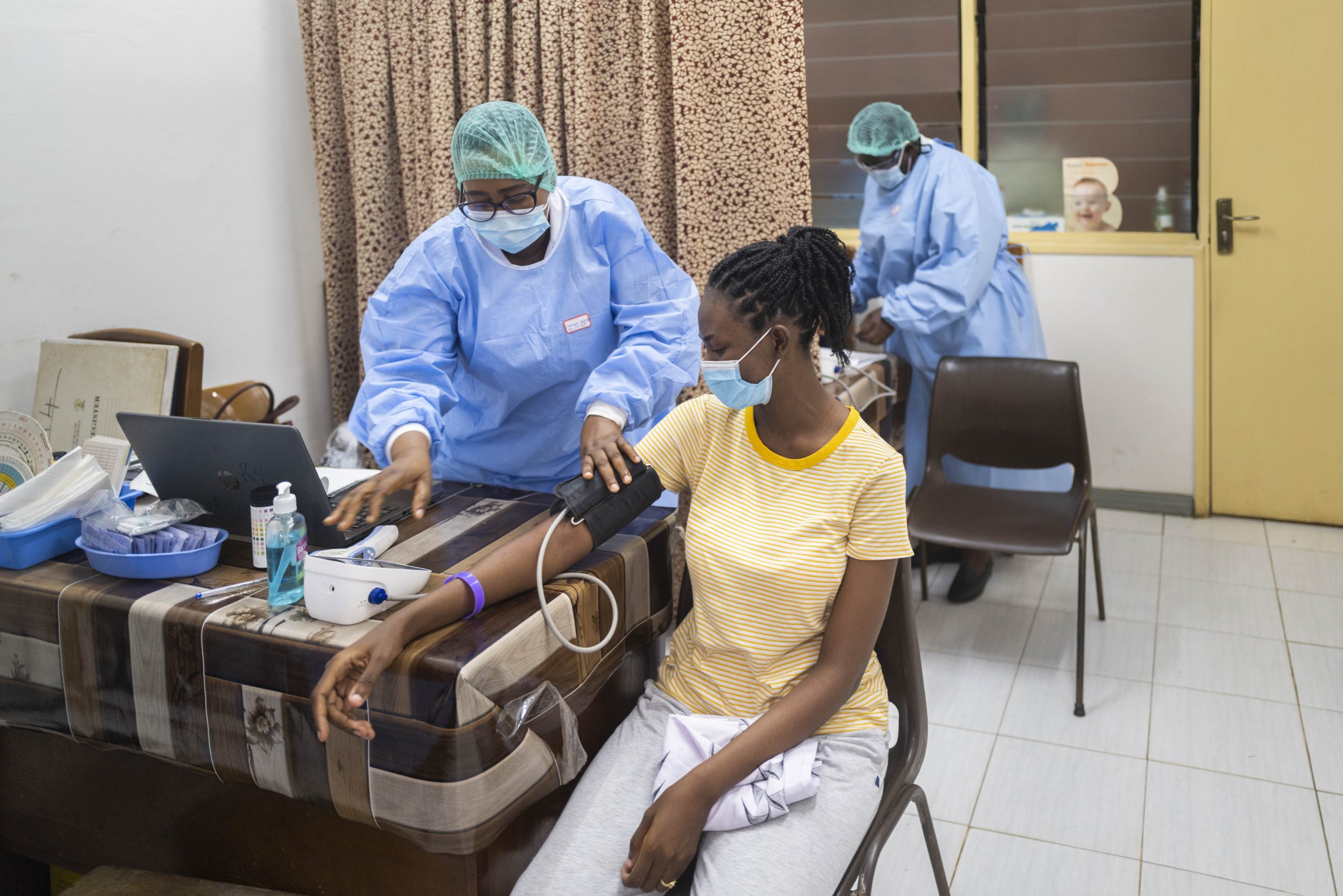by Inke Mathauer, Fahdi Dkhimi, Matthew Townsend
Department of Health Systems Governance and Financing, World Health Organization
The full report can be found here.
COVID-19 continues to have a tremendous impact on health systems, with countries around the world reconfiguring health service provision in order to meet the changing needs of their population. At the same time, countries must continue to provide essential health services for non-COVID-19 patients. Importantly, purchasing arrangements play a key role in facilitating and supporting the adjustments in the provision of personal health services that are required due to the pandemic, for both COVID-19 and non-COVID-19 health services. Country health financing policy makers have taken action to adjust their purchasing arrangements.
Based on a short online survey covering 31 low- and middle-income countries, this blog summarises how countries have adjusted their purchasing arrangements to respond to COVID-19, outlines challenges and explores what lessons may be drawn from this for the future.
The following themes were investigated to cover core aspects related to purchasing:
Purchasers’ strategies to cope with increased funding needs
Adjustments in benefits and in cost-sharing
Modifications in provider payment methods
Changes in contracting and accreditation arrangements
Alterations in governance arrangements for purchasing
Developments in information management support and
What are the lessons for the future?
Findings
The most common strategies purchasers used to cope with increased funding needs were the reallocation of existing funds and creating greater flexibility in the use of funds. It was also reported that some purchasers had to get into deficit financing. The majority of the countries in the sample expanded their benefit package to include testing, hospitalisation and medication, with various countries also including teleconsultation and home-based care. In most cases, the government has mandated that coverage of all COVID-19 related services be provided free of charge in public facilities.
Purchasers allowed providers to make more flexible use of funds. Temporarily lifting budget caps in order for providers to receive additional budget allocations was a critical adaptation. Another frequent measure introduced by purchasers were financial incentives to motivate health staff working under difficult circumstances. Moreover, providing payments or incentives to increase ICU bed capacity was indicated in about a third of the countries.
New accreditation procedures were applied to facilities providing COVID-19 care in nearly half of the countries, or changes were made to existing accreditation procedures, typically to simplify the approval process. Several countries also indicated that specific facilities were selected based on their capacity to be designated as service providers for COVID-related health services, but without an explicit accreditation process. However, for the majority of the countries covered in this survey, no specific contracting modality for the private sector was indicated. Nonetheless, private sector involvement in COVID-19 related service provision was reported to be increasing as a response to raising demand. Government authorities have started to consider how to formally include private sector providers in the response in order to avoid or reduce out-of-pocket payments.
To coordinate the COVID-19 health response, the ministry of health would typically lead a technical health committee, while in the majority of countries, new crisis management mechanisms were also set up at higher levels of government. The involvement of senior government officials could improve coordination across these committees, bringing more coherence to the multisectoral response. Interestingly, separate purchasing agencies, such as a national health insurance agency, were not explicitly mentioned as members in these new coordination mechanisms.
More than half of the countries made changes to their information management systems, namely integrating reporting obligations into the existing system or introducing new systems. In other instances, new, separate information management systems were introduced to complement the existing systems. In a few countries the crisis offered an opportunity to improve information management for purchasing and to introduce innovations. However, in most contexts, existing health information data management systems have proved inadequate to produce granular COVID-19 related patient data.
A number of lessons learned were shared by the respondents themselves, with a dominant theme being the importance of having flexibility in the use of funds, and expansion of benefits to fully cover COVID-19 health services through public funding to avoid financial hardship and ensure an effective response.
Conclusions and next steps.
In summary, this survey generated a broad overview of the developments in purchasing arrangements related to the COVID-19 response in LMICs. Practically all countries covered in this survey have adjusted their purchasing arrangements. The interesting question is whether these purchasing adjustments have accelerated a further shift toward more strategic purchasing in the medium term and which of these changes should remain. Notably, the range of payment modifications reported are similar to those applied in many high-income countries where the COVID-19 pandemic had emerged some weeks earlier.
Overall, the examples provided by respondents, as well as many of the challenges described, reinforce the five critical purchasing actions shared in an earlier blog on purchasing health services during a pandemic:
Ensure that public funds are effectively translated into the provision of Common Goods for Health by appropriate purchasing arrangements
Expand benefits and inform the public with clear simple, messages
Adjust payment methods and rates to new service delivery arrangements and ensure continuity in funding flows to health care providers
Use private sector capacities where needed
Establish governance arrangements for accelerated decisions-making and set clear reporting standards.
Clearly, reforms to purchasing arrangements and payment methods need to be geared towards accelerating universal health coverage, but at the same time, health security needs to be thought of as a central objective. A key lesson is that strategic purchasing modalities need to be in place to enable rapid adaptation to the context of a pandemic crisis.
In order to further reflect on how best to pay health providers for personal health services as well as for public health functions (such as testing, contract tracing, etc.) during health emergencies, as well as for emergency and pandemic preparedness, more detailed information would be useful on the actual adjustments made by purchasers in the payment methods and rates for existing or new COVID-19 related health services. Moreover, the role played by separate purchasing agencies (e.g., a national health insurance scheme) in governance arrangements for crisis management deserves increased attention.
As a next step, it is critical that country policy makers explore to what extent the COVID-19 related modifications in purchasing arrangements should remain and how they have contributed to advances and/or innovations in purchasing arrangements. Ultimately, more evaluations on the effectiveness of the adjustments seen in purchasing arrangements will be needed not only with respect to whether purchasing has led to increased efficiency, transparency and equitable resource distribution, but also to explore whether they had an impact on actual coverage.
Policy makers, practitioners and researchers are invited to share their country practices and experiences in order to facilitate mutual learning and a better understanding of what are useful purchasing responses during an emergency or a pandemic, as well as for emergency preparedness in order to draw lessons for the future.
The full report can be found here.
If you wish to share information with us on the adjustments made in purchasing arrangements during the COVID-19 pandemic in your country, please feel free to write to us.
For example:
How were budget flows to providers or provider payment methods and rates modified for COVID-19 and other health services?
How were contracting procedures adjusted for public and private healthcare providers?
What is the role of other separate purchasing agencies in decision making committees related to the COVID-19 health response?
What were the key changes in the overall information management procedures and/or systems (e.g. reporting requirements, data collection modalities, data management systems) to support purchasing decisions during COVID-19?
You can write to: healthfinancing@who.int
Please also watch out for our future HFTN messages on this subject to engage with you.
Thank you very much!


